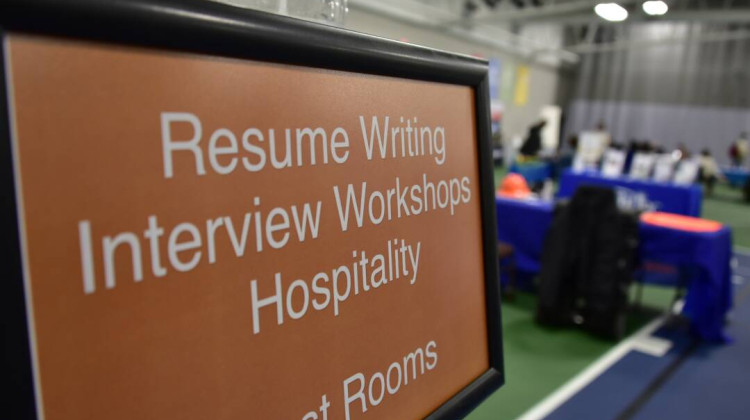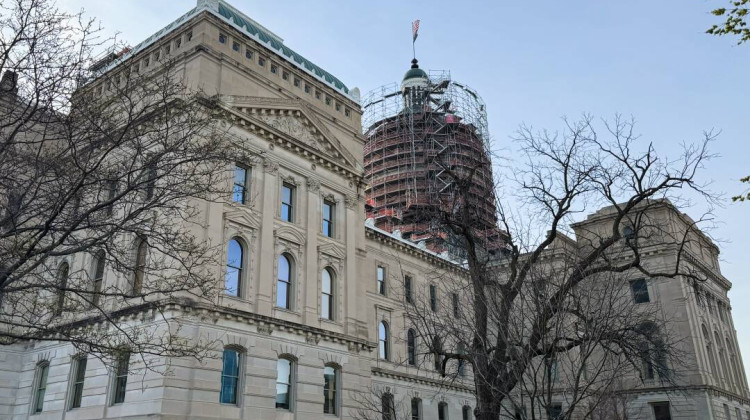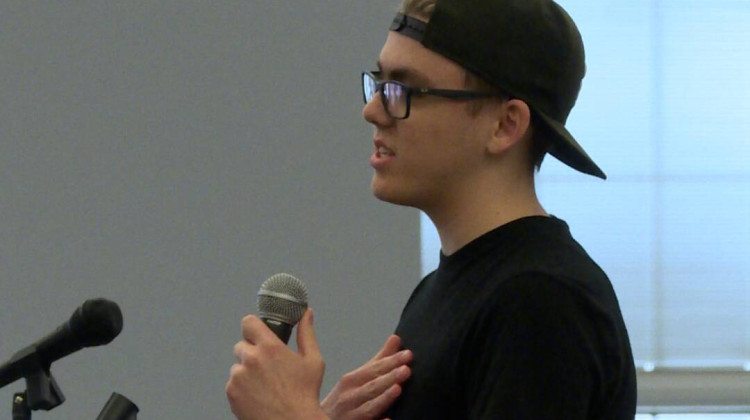In July, U.S. News and World Report named Fort Wayne the second most affordable place to live in the country, as part of its 2021-22 “best places to live” rankings.
The methodology for determining the ranking includes “using data from sources including the U.S. Census Bureau, the FBI, the U.S. Department of Labor and U.S. News' own internal resources,” and author Tim Zink describes Fort Wayne as “an excellent place to buy a house, start a career, launch a business and raise children.”
But once you start breaking the collective of residents into groups, the picture of “affordability” becomes a bit less rosy.
If you focus on two groups -- homeowners who currently pay a mortgage and renters -- the concept of being housing “burdened” differs wildly.
“Housing burdened” is defined as spending more than 30 percent or one-third of one’s total income on housing costs.
Rachel Blakeman is the director of Purdue University-Fort Wayne’s Community Research Institute. Earlier this month, she revealed data during a meeting on United Way’s community priorities that indicate housing affordability and stability as serious areas of concern for residents.
She says Fort Wayne is an affordable place to live … depending on your circumstances.
“Here in Allen County, 17 percent of housing units with the owner with a mortgage were housing burdened," Blakeman says. "When we look at renters, 44.3 percent had more than a third of their income gone or going to rent.”
Inflation is a big culprit, and Blakeman notes that slow wage growth in Indiana compared to the rest of the country plays a big role.
Blakeman says the median house price in the area is around $188,000. Ten years ago, that same property would have only been $105,000.
“As that filters through the markets, that is going to make home ownership potentially less attainable for more households especially in certain areas,” she says.
Blakeman adds that the housing market is unpredictable -- a pandemic housing boom was not anticipated, for example -- and projections could look very different in 18 months than they do now.
 DONATE
DONATE







 Support WFYI. We can't do it without you.
Support WFYI. We can't do it without you.